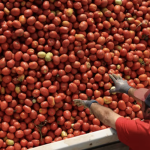Exploring Regenerative Agriculture's Potential Through Seven Years of Scientific Inquiry
Added 2 years ago
By Elizabeth-Marie Nes
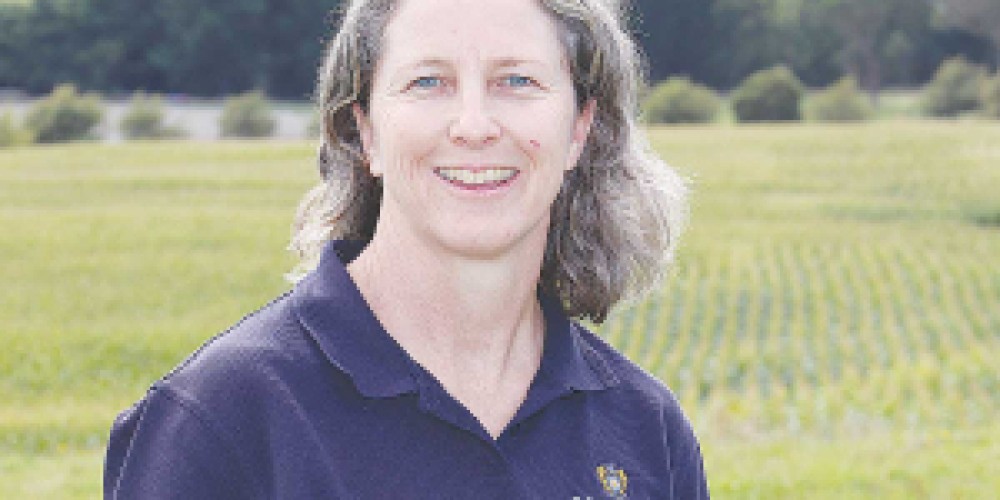
Some intriguing and optimistic findings about the efficacy of regenerative agricultural methods appear to be emerging from the initial stages of a seven-year scientific study comparing traditional farming with regenerative agriculture. Peter Burke provides insights...
Under the leadership of Professor Danny Donaghy at Massey University and funded by MPI, Whenua Haumanu stands as New Zealand’s most extensive program to juxtapose contemporary and regenerative pastoral practices, with research sites at Massey University and Lincoln University.
This initiative brings together universities, Crown Research Institutes, and industry partners to evaluate the applicability and significance of regenerative agriculture within the country. Essentially, it aims to gather high-quality scientific data to assess various aspects of the farm system, investigating how different pasture blends and management techniques influence outcomes.
Until now, there has been a lack of definitive data to establish the comparative advantages one way or another.
The trials at Massey University involve sheep and dairy farmlets at the Palmerston North campus, comparing standard and diverse pastures under conventional and regenerative management approaches.
On the dairy farmlet, cows are grazed at a rate of 2.5 per hectare, while on the sheep farmlet, stocking rates fluctuate between 12 and 14 ewes per hectare, depending on pasture and management methods. The farmlets also feature contrasting soil types, with the sheep on poorly drained soil and the dairy cows on well-drained soils.
Associate Professor Lucy Burkitt leads the soil aspect of the project with a significant team of technicians, scientists, and Massey agricultural students, all focusing on different aspects of the trial. The farmlets are subjected to various treatments to gauge changes in soil, pasture, animal production, and environmental impacts.
"For instance, regenerative management involves longer grazing intervals, leaving more pasture after grazing, and the application of different soil amendments," she explains.
Whenua Haumanu has been underway for only two years, and Burkitt stresses that it's premature to draw any substantial conclusions.
However, on the regenerative dairy pastures, they have observed some indications of increased worm populations and a reduced presence of certain microorganisms, which play a crucial role in ecosystem regulation and soil health improvement.
"Given this, we are eager to obtain more data on how pastures and management practices might influence soil compaction and water infiltration," Burkitt told Rural News. "So far, though, we haven't observed any differences between the various treatments in terms of nitrogen leaching."
Aside from the evident focus on soil biology, diversity, and structure, Whenua Haumanu also examines animal production, health, and welfare, as well as the quality of milk, meat, and wool products, nutrient leaching, methane and nitrous oxide emissions, and carbon sequestration.
What Lies Ahead in Seven Years?
The ultimate goal of this research project is to identify benefits for farmers and consumers.
Consumers are increasingly influential in determining how they want their food produced.
Regarding the dairy aspect of the program, the objective is to gain a precise understanding of milk production, its quality, and even the flavor of milk produced under different treatments.
It's worth noting, however, that if and when cows from the trial are slaughtered, no research will be conducted on meat quality. However, researchers will thoroughly assess all aspects of lamb carcasses when these animals are processed.
Burkitt mentions that the trial extends beyond Massey University, collaborating with a group of farmers in Taranaki as part of a separately funded Pivot project, as well as Dairy Trust Taranaki, Northland Dairy Demonstration Farm, and On Farm Research in Hawke’s Bay.
"We are collaborating with other regenerative farms and implementing lessons learned from them," she adds. "We have already attracted numerous local groups of farmers, both regenerative and conventional, as well as some from outside the region, to learn about our work."
Last year, they organized an open day that drew over 200 participants.
Burkitt emphasizes that applying rigorous science and collecting high-quality data over seven years will help them comprehend the benefits of both conventional and regenerative agricultural practices.
Join the conversation
Be the first to leave a comment.
Leave a comment
All comments are reviewed before they are published on the website. Your email address will not be published.
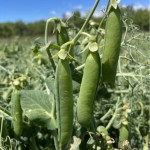
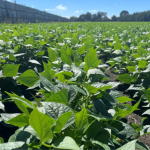

Community Engagement and Knowledge Sharing Strengthen the Carbon Positive Project
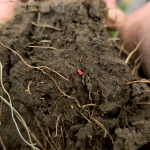
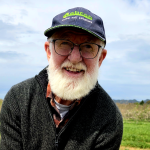
Farewell to Trustee Phil Schofield – A Foundational Leader of the HBFFCT
